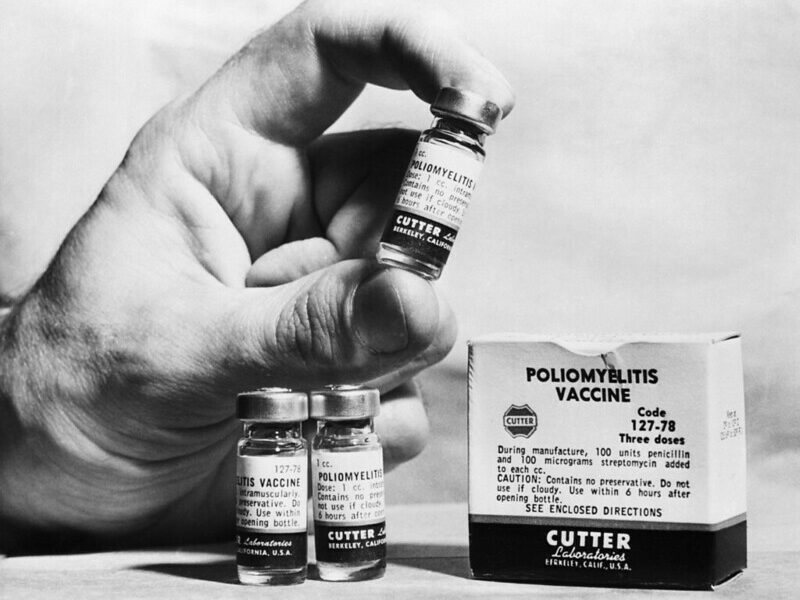On March 11th, 2011 a magnitude 8.9 earthquake struck just off the coast or Japan’s Miyagi prefecture, 231 miles northeast of Tokyo. The largest ever recorded in Japan and fifth largest in the world, it reportedly shifted the earth’s axis by 4 inches and moved the mainland of Japan 8 feet. Within an hour after the earthquake, a devastating 30-foot tsunami struck the coast, sweeping away cars, trains, and buildings. The water traveled up to 6 miles inland in Miyagi prefecture. While the official death toll stands at 1,898 at the time of this writing, the actual toll is expected to be far higher. [Edit: The official toll is now 2475 3373.] The Japan Times reports there are over 10,000 dead or missing. The cast majority of the deaths are due to the tsunami rather than the earthquake itself. New satellite images give a sense of the destruction caused by the powerful tsunami.
The initials risks from an earthquake and a tsunami are drowning and trauma. Once the immediate emergency has passed, theprimary health concerns are from lack of clean water, safe food, and adequate sanitation. Japan’s strong infrastructure and extensive disaster planning should reduce these threats substantially. Nevertheless, respiratory diseases like colds and influenza may spread rapidly in crowded shelters. The cold weather combined with stress may leave some people more susceptible to infection. Survivors are also at risk if they lack access to their usual medications for chronic conditions like diabetes or heart disease.
Also of public health interest, the Japanese government soon declared a state of emergency near the hard-hit city of Sendai for the Fukushima Daiichi nuclear power plant due to cooling equipment failure and rising pressure inside multiple reactors.Residents have been evacuated in a 20 kilometer radius around the power plant as a precaution, and plans were underway to distribute iodine tablets to prevent thyroid cancer from radiation poisoning if substantial radiation is released from the plants. The situation at the nuclear power plants remains very fluid. [Edit: Since the writing of this blog, elevated radiation has been detected after an explosion at Daiichi, but the likely health effects are not yet clear.]
Although tsunami warnings were issued in over 50 countries, the effects were limited. In the United States tsunami-related damages to California and Hawaii’s harbors is in the tens of millions. Santa Cruz and Crescent City, California andBrookings, Oregon also sustained damages from 6-8 foot waves.
HealthMap has increased surveillance efforts and will be following the events in Japan as they unfold. A map focusing on public health occurrences in Japan as a result of this natural disaster has been created and can be viewed atwww.healthmap.org/japan.
For additional crisis resources or to donate Japan’s Red Cross, you may visit the 2011 Japanese Earthquake and Tsunamiresource page.
